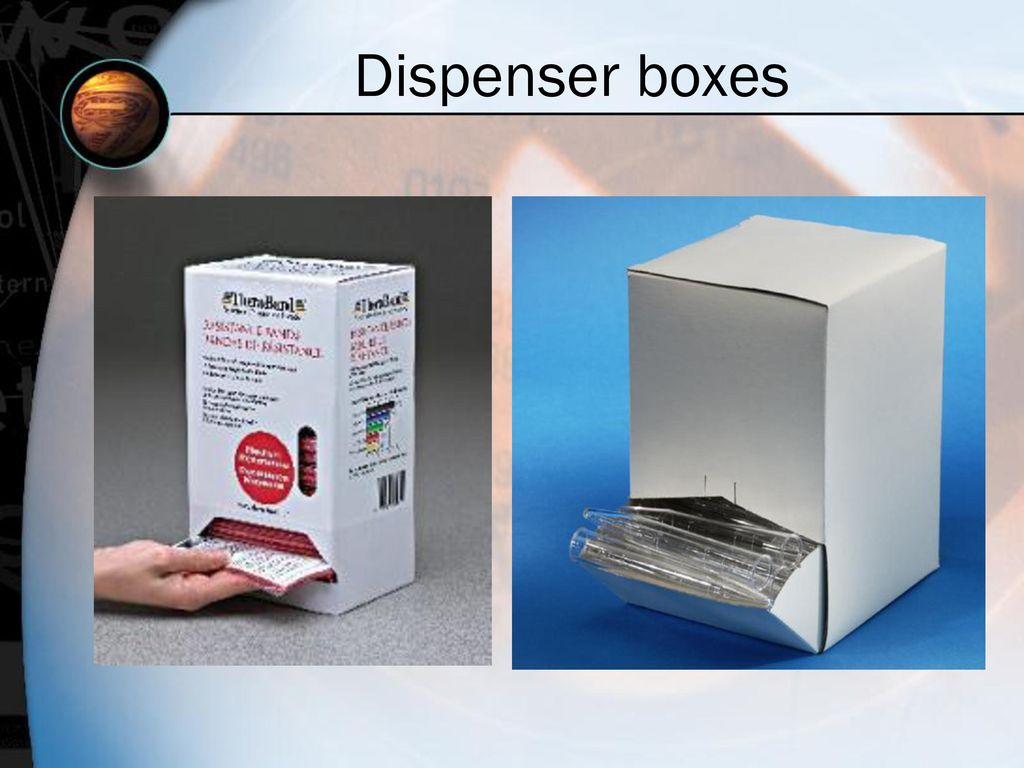When it comes to designing custom dispenser boxes, selecting the right color model is crucial for achieving the best visual results. The choice between CMYK and RGB color models can significantly impact the appearance of your packaging. In this article, we'll explore both color models, their differences, and which one is better suited for creating high-quality custom dispenser boxes.
Understanding CMYK and RGB Color Models
Before diving into which model is better for custom dispenser boxes, it's important to understand what CMYK and RGB stand for:
- CMYK: Stands for Cyan, Magenta, Yellow, and Key (Black). This model is primarily used in color printing processes and is based on the subtractive color model, where colors are created by subtracting varying percentages of light absorbed by the inks on a white substrate.
- RGB: Stands for Red, Green, and Blue. This model is used for digital screens and employs the additive color model, where colors are created by mixing light in different intensities of red, green, and blue.
The Role of CMYK in Printing Custom Dispenser Boxes
CMYK is the standard color model for most printing processes, making it highly suitable for creating custom dispenser boxes. Here’s why:
- Color Accuracy: CMYK is designed for print, so the colors you see on-screen when using this model are generally close to what will be printed. This consistency is crucial for maintaining brand colors and ensuring that your custom dispenser boxes look exactly as intended.
- Ink-Based Printing: Custom dispenser boxes are typically printed using ink on a substrate like cardboard. CMYK printing involves layering these four ink colors to achieve the desired shades and tones. This method provides a wide color gamut and is effective for achieving vibrant and accurate colors.
- Cost-Effectiveness: Using CMYK can be more economical for printing large quantities of custom dispenser boxes. It’s the industry standard for commercial printing, and most printers are optimized for this color model.
The Benefits of RGB for Design
While CMYK is the go-to choice for printing, RGB also has its place in the design process:
- Digital Design: RGB is ideal for digital design because it aligns with the color capabilities of screens. When designing custom dispenser boxes, RGB can be used to create vibrant and eye-catching graphics that look great on monitors and digital devices.
- Broader Color Gamut: RGB can produce a wider range of colors compared to CMYK. This means that certain shades, particularly bright neon or highly saturated colors, may look more vivid and striking in the RGB color space.
- Easy to Convert: Most design software allows you to convert RGB designs to CMYK for printing. This flexibility can be useful if you want to ensure that your designs look their best both online and in print.
Why CMYK is Preferable for Printing Custom Dispenser Boxes
Given the differences between CMYK and RGB, CMYK is generally the better option for creating custom dispenser boxes. Here’s why:
- Printing Compatibility: Since custom dispenser boxes are printed using physical inks, CMYK is the color model that aligns with this process. This ensures that the final printed boxes match the colors seen during the design phase.
- Predictable Results: CMYK printing provides more predictable results for physical products. Unlike RGB, which is designed for screens and can vary based on monitor settings, CMYK colors are consistent across different print runs and substrates.
- Enhanced Quality: The CMYK model allows for precise control over color mixing, which is essential for high-quality printing of custom dispenser boxes. This ensures that your boxes have a professional appearance and maintain brand integrity.
Design Tips for Custom Dispenser Boxes
When designing custom dispenser boxes, keeping the following tips in mind will help you make the most of the CMYK color model:
- Use Pantone Colors: For more accurate color reproduction, consider using Pantone colors alongside CMYK. Pantone colors are standardized and can be matched more precisely in print, reducing the risk of color discrepancies.
- Proofing: Always request a proof from your printer before finalizing your design. This will allow you to see how your colors look in print and make any necessary adjustments before production.
- Design Software: Utilize professional design software that supports CMYK color settings. Tools like Adobe Illustrator and Adobe InDesign are excellent for creating designs that are optimized for printing.
- Understand Color Limits: Be aware of the limitations of CMYK color reproduction. Some colors, especially bright or neon shades, may not be as vibrant in print as they appear on-screen. Adjust your design accordingly to achieve the best results.
Conclusion: CMYK vs RGB for Custom Dispenser Boxes
When it comes to producing high-quality custom dispenser boxes, the CMYK color model is the superior choice. It aligns with the printing process, ensures color accuracy, and provides consistent results. While RGB is useful for digital design and can produce vibrant colors, its role is primarily in the design phase rather than in the final printed product. By understanding the strengths of CMYK and following best practices in design, you can create custom dispenser boxes that effectively represent your brand and attract customers.
